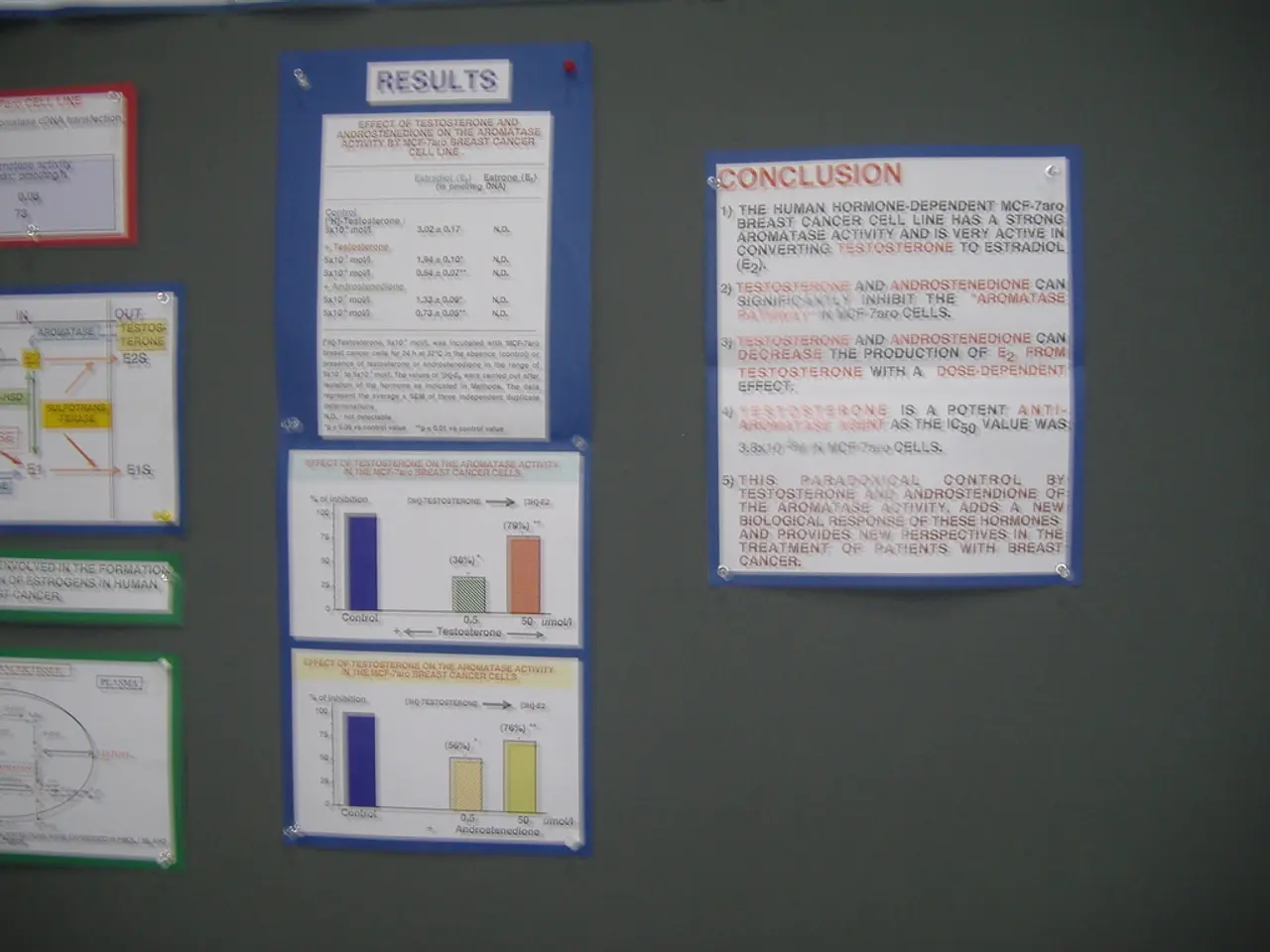Border Skirmish Erupts Between Thai and Cambodian Forces, Trigging Air Strikes and Forced Evacuations
The border dispute between Thailand and Cambodia, centred around temple complexes like Preah Vihear and Ta Muen Thom, has reached a critical point in late July 2025. The crisis, marked by civilian casualties, mass evacuations, and airstrikes, is the most significant in years.
The Ta Moan Thom temple, located in the Surin-Preah Vihear region, has become a flashpoint in the conflict. Recent fighting has affected temples in this border zone, reflecting deep-rooted territorial and nationalist disputes that remain unresolved.
The crisis began with the injuring of Thai soldiers by landmines near the border earlier this month. Since then, at least two civilians have died, and several others have been injured, including a child, due to intermittent shelling across six locations. The conflict has intensified diplomatic fallout between the two countries.
Thailand, in response to the crisis, has deployed F-16 fighter jets and conducted airstrikes targeting presumed Cambodian military positions. In retaliation, Cambodia has condemned the airstrikes as "reckless aggression" and accused Thailand of violating its sovereignty.
Cambodia claims that the Thai troops made an unprovoked incursion, prompting a defensive response. Both militaries remain on high alert, maintaining readiness across the disputed border zone. Around 40,000 residents from 86 villages in Thailand's Surin and Ubon Ratchathani provinces have been evacuated.
The acting prime minister of Thailand, Phumtham Wechayachai, emphasized the importance of adhering to international law and urged restraint in response to the volatile situation. Cambodian leaders have similarly condemned Thailand's actions and warned further military moves could deepen the crisis.
Diplomatic relations remain strained, with both nations recalling diplomats and imposing restrictions on trade and travel. The ceasefire, brokered by Malaysian and U.S. officials, provides temporary relief, but durable peace depends on overcoming deep-seated territorial disputes and nationalist sentiments.
Potential solutions include sustained international mediation, regional cooperation, and resolving historical disputes diplomatically. ASEAN and major powers such as the U.S. and China have a stake in regional stability and could play constructive roles. However, given the mix of nationalist politics, personal rivalries, and mutual distrust, the conflict remains prone to flare-ups unless a comprehensive political agreement is reached.
| Aspect | Current Status | |----------------------|--------------------------------------------------------| | Location (Ta Moan Thom) | Part of contested border area near Preah Vihear Temple; site of recent clashes[1] | | Civilian casualties | Approximately 30 deaths combined; displacement of ~200,000 civilians[2] | | Diplomatic fallout | Ceasefire brokered by Malaysia and U.S.; trade leverage used; nationalist tensions remain high[2] | | Potential solutions | Continued international mediation, regional cooperation, and resolving historical disputes diplomatically[1][2] |
- The current crisis in the border region between Thailand and Cambodia has escalated tensions, leading to diplomatic fallout between the two countries.
- In response to the border conflict, Thailand has conducted airstrikes, while Cambodia has accused Thailand of violating its sovereignty, further straining diplomatic relations.
- To achieve a sustainable peace, potential solutions include international mediation, regional cooperation, and diplomatically resolving historical disputes, with ASEAN and major powers such as the U.S. and China playing crucial roles.








